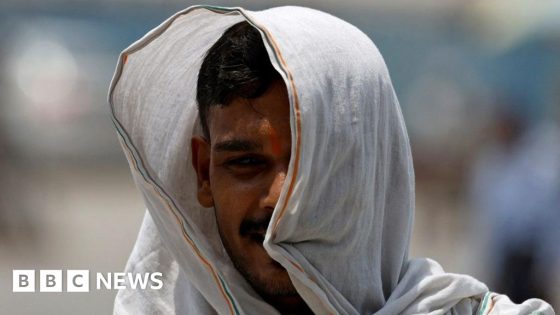Government and wildfire officials in British Columbia are warning that the province could see an early and active spring wildfire season due to persistent drought conditions that have left soil parched and snowpack levels low.
Premier David Eby said Monday the summer “might be a very difficult one” after a record-breaking wildfire season in 2023.
Officials say early outlooks indicate a “high probability” of above normal temperatures across B.C. in the coming months, but added that drought and wildfire conditions this year will depend on the actual weather in the spring and summer.
The chance that the province will see enough spring “rainfall to alleviate drought conditions is unlikely but possible,” according to the B.C. Wildfire Service (BCWS).
“We are certainly seeing some of the variables line up that we could have a very challenging fire season,” BCWS superintendent of predictive services Neal McLaughlin said during a media availability in Vancouver on Monday.
McLaughlin said crews are already busy monitoring approximately 90 holdover wildfires in the northeast that have smoldered through the winter, adding that once the snow melts and the land dries out, drier air and moderate winds will be enough for them to start burning again.
Eight new human-caused fires have also been sparked since Jan. 1, he said, amid incredibly warm, dry and windy conditions.
B.C.’s average snowpack levels were 66 per cent below average for this time of year on March 1, according to hydrologist Jonathan Boyd with B.C.’s River Forecast Centre, the second lowest for that date in the last 50 years.
Drought across British Columbia could worsen this year, experts say, as concerns grow over low snowpack levels in the mountains. Snow levels are 39 per cent below normal, according to a B.C. River Forecast Centre report released Thursday. Lyndsay Duncombe reports.
That puts most of the province at an overall decreased risk for flooding this year compared to last year, Boyd said, but there is still a risk that too much rain could fall too quickly or warm temperatures could cause rapid snowmelt leading to flooding.
“Before potential drought impacts are felt [on wildfires], we have to get through a snowmelt-related flood season,” he said.
The majority of B.C.’s soil is also at high drought code levels, according to BCWS, which McLaughlin said can exacerbate flooding risks and also leave the vegetation primed to burn in a wildfire.
‘Climate change is here upon us’
Officials from BCWS and the River Forecast Centre appeared alongside three provincial ministers to urge British Columbians to prepare for the likely possibility of yet another challenging wildfire season.
“We are doing this earlier than we ever have before,” said BCWS director of operations Cliff Chapman.
Minister of Emergency Preparedness Bowinn Ma urged British Columbians at risk to make an evacuation plan with their families and to register with the province’s new evacuee portal in advance in case they need to flee.

“What we are seeing … is that climate change is here upon us, and that the impacts to communities are impacts we are already experiencing day to day, week to week, month to month and year to year,” Ma said in response to a CBC question about what the early warnings signalled to residents.
“This is not about making people scared, this is about encouraging people to be prepared.”
Ma and Forests Minister Bruce Ralston said the province has been working directly with First Nations and local governments to bolster wildfire preparedness this year as it shifts BCWS to a year-round operation.
BCWS is also purchasing more planes, helicopters and other firefighting equipment, in addition to opening a new logistics centre near Prince George, Ralston said.
On Monday, the province announced BCWS will be launching predictive software to model fire risks using existing maps and weather models with observations from staff in the field. The technology was already piloted in the Coastal and Kamloops fire centres last year, and will roll out provincewide by the end of 2024.
“During a wildfire, this technology will help BCWS make critical decisions,” said Ralston.
Source Agencies




